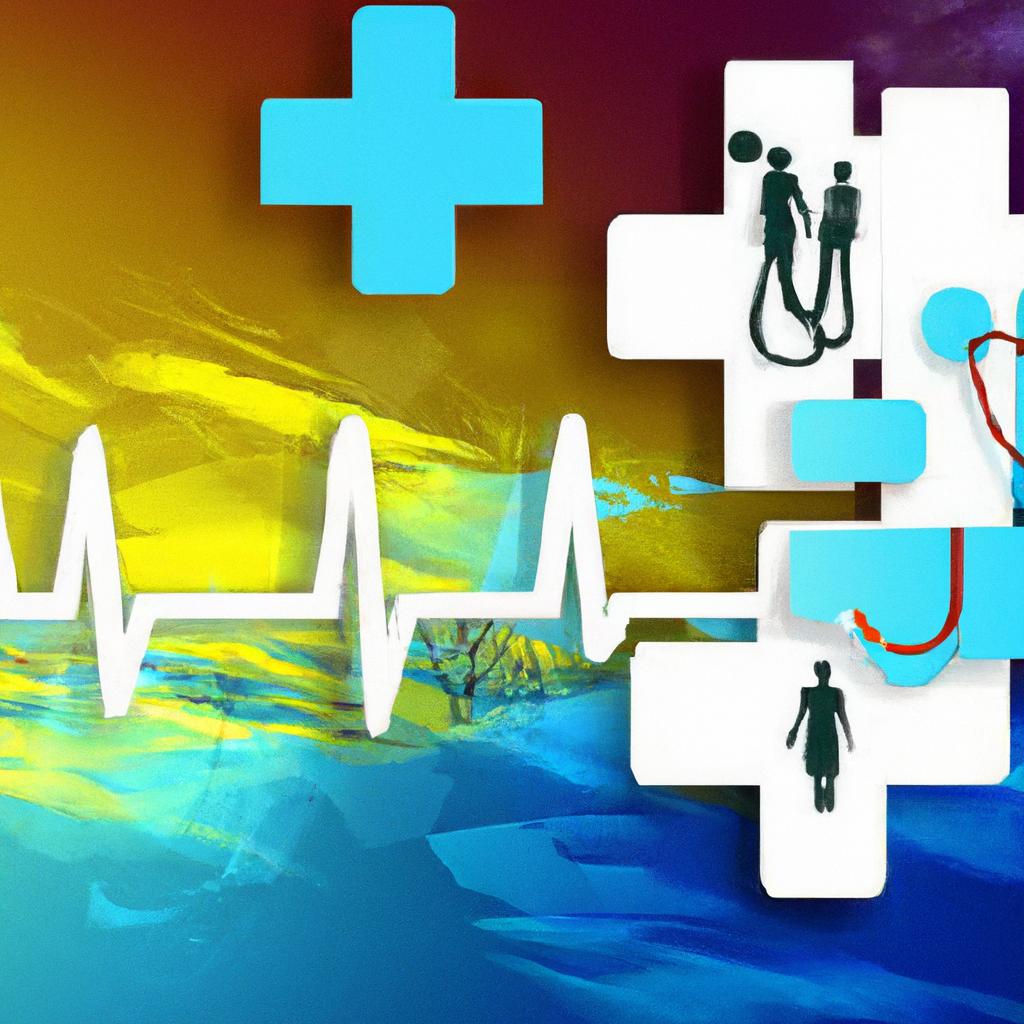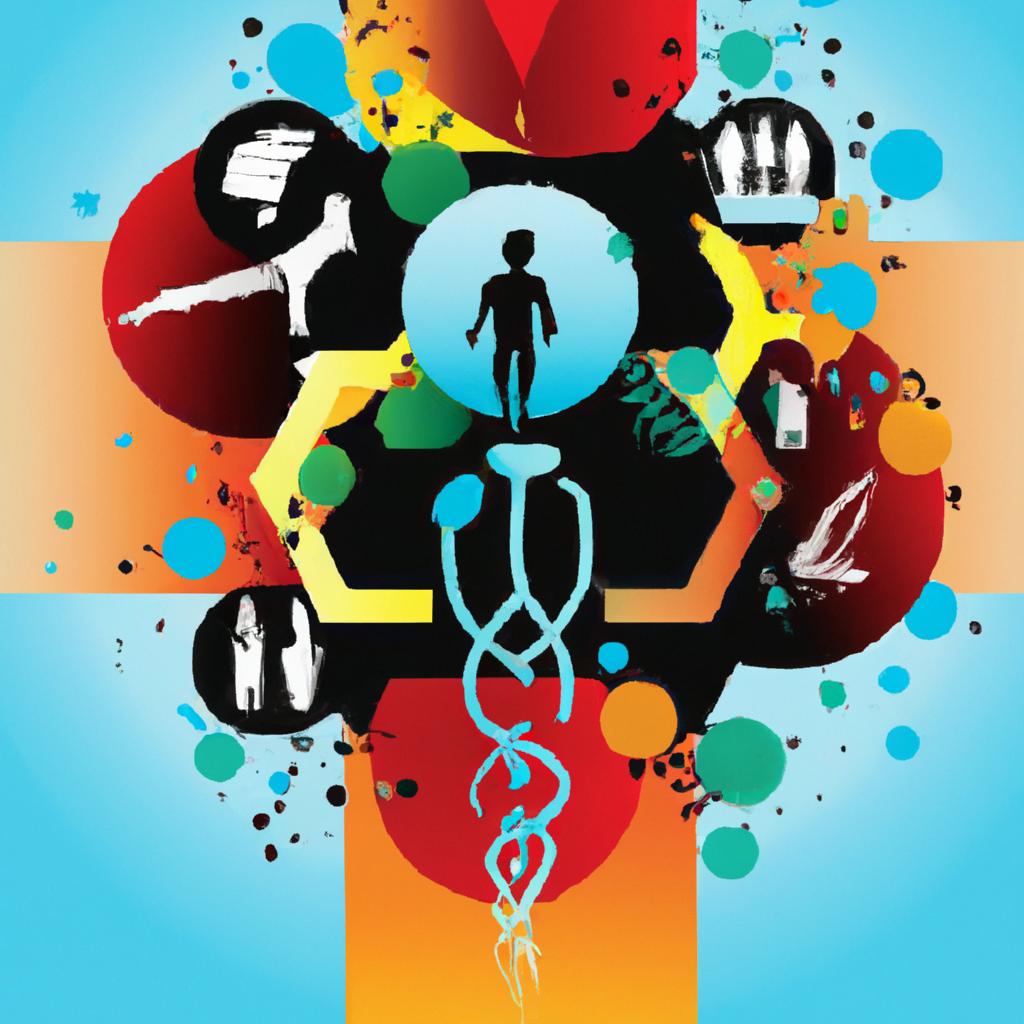In a world increasingly driven by advanced technologies and individualized care, the essence of community-based health solutions often remains overshadowed. Yet, nestled within the fabric of our neighborhoods lies the profound potential to transform health outcomes for countless individuals. “Empowering Health: Elevating Community-Based Care Solutions” invites us to explore the vital role that local initiatives, grassroots organizations, and collaborative efforts play in shaping a healthier future. This article delves into the innovative approaches that prioritize accessibility, inclusivity, and holistic well-being, illuminating how community-driven care can not only enhance individual health but also strengthen the very bonds that tie us together. Join us on a journey to discover how empowering local voices and resources can redefine the landscape of health care and foster a thriving, supportive environment for all.
Innovative Strategies for Community Engagement in Health Care
In today’s rapidly evolving health care landscape, community engagement plays a pivotal role in enhancing health outcomes. Innovative strategies can foster deeper connections between health care providers and the populations they serve. These strategies include:
- Participatory Health Initiatives: Involve community members in the planning and implementation phases of health programs, ensuring that their voices are heard and their needs addressed.
- Mobile Health Units: Deploy mobile health units to reach underserved areas, providing essential services and education directly to those in need.
- Social Media Campaigns: Use platforms like Facebook and Instagram to spread awareness and promote healthy behaviors, making health information accessible and engaging.
- Community Health Workers: Train local residents to act as health ambassadors, bridging gaps between the community and health care systems.
Another effective approach is to foster collaboration with local organizations and stakeholders. Health care providers can create synergy by forming partnerships with schools, non-profits, and faith-based groups. This can lead to targeted outreach programs and initiatives such as:
| Partnership Type | Description |
|---|---|
| Schools | Implement health education programs and screenings among students and their families. |
| Community Centers | Host workshops and support groups, addressing mental health, nutrition, and fitness. |
| Local Businesses | Offer wellness challenges and incentives for employee health improvement. |

Building Collaborative Networks for Comprehensive Care Solutions
In today’s dynamic healthcare landscape, building strong collaborative networks is essential for creating comprehensive solutions that address the multifaceted needs of communities. By uniting healthcare providers, social services, and local organizations, we can construct a holistic framework that promotes wellness from every angle. It is vital to focus on establishing pathways for communication and collaboration that enhance service delivery through shared interests and goals. This synergy can lead to significant advancements in patient outcomes, as each participant brings their unique expertise to the table, ultimately enriching the care experience.
The following initiatives can drive effective collaboration across networks:
- Regular Stakeholder Meetings: Creating opportunities for dialogue among all parties to identify challenges and share best practices.
- Resource Sharing Agreements: Facilitating the exchange of materials, knowledge, and services to optimize resource utilization.
- Joint Training Programs: Organizing workshops that equip various professionals with the necessary skills and insights to enhance inter-professional cooperation.
Moreover, monitoring the impact of these collaborations can sharpen efforts further. The table below outlines potential metrics to evaluate the success of community-based collaborations:
| Metric | Description | Target Outcome |
|---|---|---|
| Patient Satisfaction | Surveys conducted post-care | Increase by 20% |
| Referral Rates | Cross-referrals among partners | Growth of 15% |
| Community Engagement | Participation in health initiatives | Reach 500 new participants |

Leveraging Technology to Enhance Accessibility and Communication
Advancements in technology are reshaping the landscape of community-based care, providing innovative solutions that cater to diverse accessibility needs. By harnessing the power of mobile applications, telehealth platforms, and assistive technologies, health organizations can create more inclusive environments for individuals with varying levels of ability. These tools enable seamless communication between patients and providers, ensuring timely interventions and fostering a culture of engagement. The implementation of features such as real-time translation, speech recognition, and user-friendly interfaces allows healthcare professionals to connect effectively with a broader audience, breaking down barriers that were once prevalent in traditional healthcare settings.
Moreover, leveraging data analytics can lead to significant improvements in patient care coordination. With the integration of patient management systems that prioritize accessibility, community health workers can easily track engagement metrics and identify areas for improvement. This targeted approach enables the customization of resources to better serve the community. By utilizing digital tools to facilitate outreach and education, stakeholders can also implement proactive measures that address the social determinants of health. Below is a simple comparison table that highlights key technological innovations enhancing communication and accessibility:
| Technology | Accessibility Features | Impact on Communication |
|---|---|---|
| Telehealth Platforms | Video calls, remote monitoring | Enhanced reach, reduced travel barriers |
| Mobile Health Apps | User-friendly design, notifications | Improved patient engagement, real-time updates |
| Assistive Technologies | Speech-to-text, screen readers | Enhanced interaction for diverse users |

Measuring Success: Key Metrics for Evaluating Community-Based Health Initiatives
To effectively gauge the impact of community-based health initiatives, it’s essential to utilize a variety of metrics that reflect both the qualitative and quantitative outcomes. Metrics should focus on various aspects, including service reach, patient satisfaction, and health outcomes. Key performance indicators (KPIs) may include:
- Participant engagement levels: Monitoring attendance and participation in community programs.
- Health outcome improvements: Assessing changes in chronic disease management, vaccination rates, or preventive screenings.
- Cost-effectiveness: Evaluating reductions in healthcare costs associated with community interventions.
Furthermore, a comprehensive evaluation framework should incorporate longitudinal studies and feedback mechanisms to continually adapt and enhance initiatives. Developing a structured data collection plan can yield significant insights. A simple overview of measurement strategies could be presented in a table format:
| Metrics | Data Collection Method | Evaluation Frequency |
|---|---|---|
| Patient Satisfaction | Surveys and Interviews | Quarterly |
| Health Outcome Changes | Clinical Data Review | Biannually |
| Cost Savings | Financial Reports Analysis | Annually |
The Conclusion
the journey towards empowering health through community-based care solutions is not solely about improving individual outcomes; it is about fostering a collective spirit that prioritizes well-being for all. As we navigate the complexities of modern healthcare, we must recognize the strength found in collaboration, innovation, and inclusivity. By elevating these community-driven approaches, we not only address the unique needs of diverse populations but also build resilient systems that can adapt to the ever-changing landscape of health challenges.
As advocates for this transformative vision, we are called to champion initiatives that reflect the values of our communities, ensuring that every voice is heard and every need is met. Together, we can forge pathways that empower individuals and uplift communities, paving the way for a healthier future. The possibilities are boundless when care extends beyond conventional boundaries and embraces the rich tapestry of human connection. Let us continue to engage, inspire, and work hand in hand towards a healthier world for everyone.

